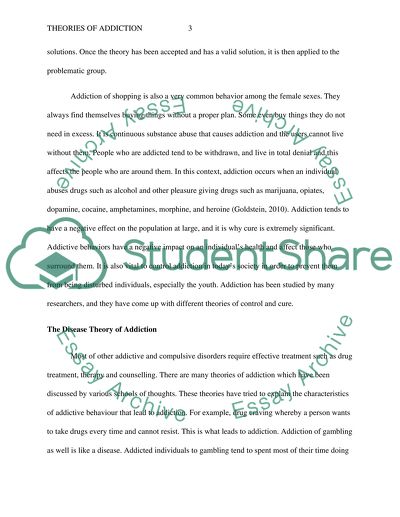Cite this document
(“THEORIES OF ADDICTION Essay Example | Topics and Well Written Essays - 2750 words”, n.d.)
Retrieved from https://studentshare.org/psychology/1395142-using-research-evidence-compare-and-contrast-two
Retrieved from https://studentshare.org/psychology/1395142-using-research-evidence-compare-and-contrast-two
(THEORIES OF ADDICTION Essay Example | Topics and Well Written Essays - 2750 Words)
https://studentshare.org/psychology/1395142-using-research-evidence-compare-and-contrast-two.
https://studentshare.org/psychology/1395142-using-research-evidence-compare-and-contrast-two.
“THEORIES OF ADDICTION Essay Example | Topics and Well Written Essays - 2750 Words”, n.d. https://studentshare.org/psychology/1395142-using-research-evidence-compare-and-contrast-two.


